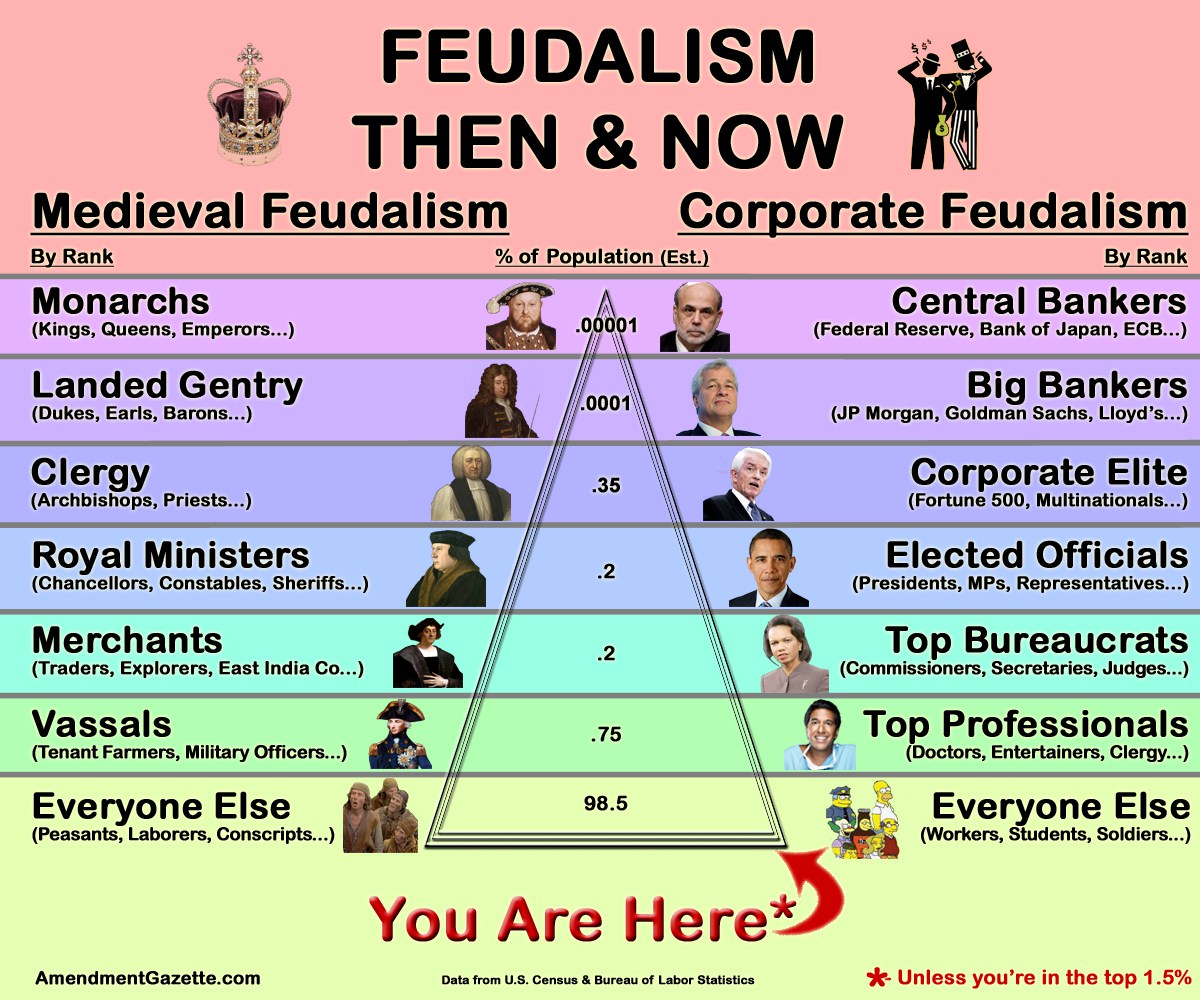

If we were talking about technology, we’d have to flip the polarity of that old equation and say that the Middle Ages were rather cleverer. Stereotypes contribute to the idea of the Middle Ages as the Dark Ages, as having descended from the heights of classical antiquity.

The medieval period, on the other hand, was one that was fairly rich in technological innovation. The Romans were not interested in technological gains there wasn’t much in the way of important technological achievement during the Roman period. Learn more about why Sumer became one of the two foundations of Western civilization Technology in the Middle Ages Drives GrowthĪ second element of the growth and expansion of Europe in this period is technological innovation and dissemination. They were healthier they could do more work they were more productive they lived longer-the population curve marched upward due to these gains. More and more land was given over to crops that were rich in iron and protein so that people were simply eating better. There were mouths to feed and diets improved. People did not bring new land under cultivation for no reason. Generally speaking, this was a period of warm, dry climate through much of Europe, when enormous amounts of new land were brought under cultivation. There was no plague or significant famine throughout this period. It does not appear that more babies are being born, but rather that more of them are surviving and people were living longer. Wherever we have evidence of family size, families appear to be larger. (Image: By Limbourg brothers/Public domain)Ĭertain indicators lend clues to this expansion. In earlier times, historians look at other kinds of evidence and try to assess the general direction in which all of that evidence points.Īlthough census records do not exist for most of medieval Europe, much information about population size can be gleaned contextually by studying families and other records.

We don’t have census data or the kinds of sources that demographers, those who study population groups, would have to study from the 17th or 18th centuries to the present. Įvidence for this is qualitative, not quantitative.
#FEUDALISM CHART RENAISSANCE SERIES#
This is a transcript from the video series The Foundations of Western Civilization. It gradually began to slow, between about 12, and then it finally leveled off. Between about 10, there was an intense increase in population all over Europe. The evidence at our disposal indicates that probably by the middle of the 8th century, but surely by the middle of the 9th-during the Carolingian period-the population began rising. The first fundamental fact was a long-term rise in the population. Learn More: Carolingian Europe-Gateway to the Middle Ages Population Growth in the Middle Ages How do we capture a sense of the growth in this period, and how do we explain it? This growth was the crucial background to the political and cultural achievements of this period. Between about 900 to 1300, Europe experienced one of the longest periods of sustained growth in human history, seen in almost every aspect of life. It is a truly dynamic and remarkable period-one that would not have been possible were it not for the remarkable population growth. New states were created, in a great arc running from the Celtic world, through Scandinavia, and on to the Slavic world. Europe was striking out against its neighbors in the movements of the Crusades, there was an unprecedented period of economic growth, and the age saw the soaring of great architecture-first Romanesque and then Gothic-cathedrals and churches all over Europe. When we think of Europe during the High Middle Ages, we see buoyant optimism everywhere. (Image: By Michel Wolgemut, Wilhelm Pleydenwurff/Public domain) What led to this tremendous expansion? The walled medieval German town of Nuremburg. Noble, PhD, University of Notre Dame During the Middle Ages, between 9, Europe experienced one of the longest periods of sustained growth in human history.


 0 kommentar(er)
0 kommentar(er)
